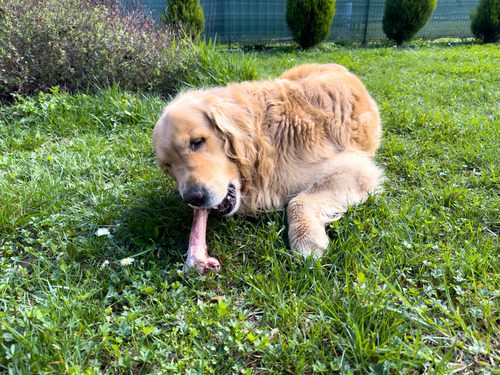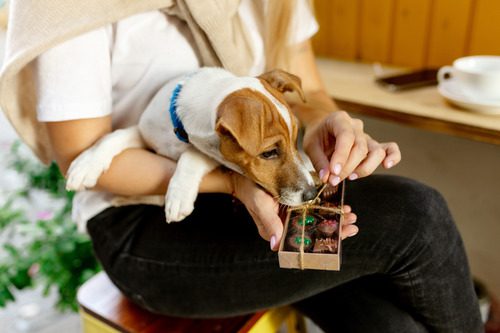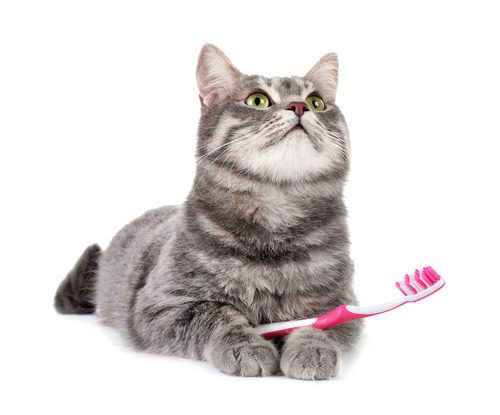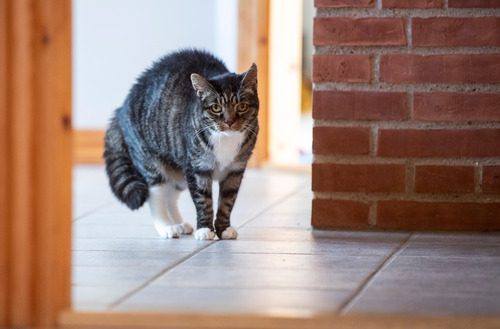7 Signs Your Cat is in Pain and How to Help Them
Cats are known for their independence and resilience, but this can make it challenging to recognize when they’re in pain. Unlike dogs, who may be more vocal or expressive, cats often hide their discomfort. Understanding the subtle signs that indicate your cat is in pain can help you address their needs and help them live comfortably. Whether it’s a result of an injury, illness, or chronic condition, knowing how to identify pain in your cat and when to seek professional help can make a significant difference in their well-being.

How Pain Affects Your Cat’s Behavior
Cats are creatures of habit, so any sudden or significant behavioral shifts should raise a red flag. You might notice your typically social cat hiding more often, avoiding interaction with family members, or becoming unusually aggressive or irritable. On the flip side, a usually aloof cat might suddenly become clingy and seek constant attention. These behavioral changes are often a cat’s way of signaling that something is wrong.
Decreased Activity Levels
Cats in discomfort may be reluctant to jump, climb, or play as they normally would. This decrease in activity is often due to joint or muscle pain, but it could also be a sign of internal discomfort. If your once energetic cat is now spending most of their time resting or sleeping, it may be time to consult with your veterinarian.
Altered Grooming Habits
Grooming is a significant part of a cat’s daily routine, and any changes in this habit can indicate pain. A cat in pain might groom themselves excessively, focusing on a particular area that hurts, leading to bald patches or irritated skin. Alternatively, they might stop grooming altogether, which can result in a greasy or unkempt coat. Both excessive grooming and neglecting grooming are signs that your cat might be dealing with pain.
Changes in Appetite and Weight Loss
Pain can reduce a cat’s appetite, leading to weight loss over time. This is particularly concerning because cats that stop eating for extended periods can develop hepatic lipidosis, a serious liver condition. If your cat is refusing food, eating less than usual, or losing weight without an apparent cause, it’s time to contact your veterinarian. A loss of interest in food can also accompany other symptoms, such as lethargy and depression, which are often tied to underlying pain.
Frequent Vocalization
Increased meowing, growling, or even hissing can be a way for your cat to express their discomfort. Pay attention to any changes in the pitch or frequency of your cat’s vocalizations, as these could indicate that something isn’t right. Some cats might even start to cry out when they move, indicating pain in their joints or muscles.
Purring as a Sign of Pain
Interestingly, purring isn’t always a sign that your cat is content. Cats may purr when they are in pain as a self-soothing mechanism. If your cat is purring in situations where they would not typically purr, such as during an examination or while resting quietly in an unusual position, this could be a sign of discomfort. Always consider the context in which your cat is purring to determine if it might be a sign of pain.
Litter Box Troubles
Cats that are in discomfort may have trouble using the litter box, either because it hurts to squat, or they associate the box with pain due to a urinary or gastrointestinal issue. You might notice your cat straining to urinate or defecate, crying out when they use the litter box, or even avoiding the litter box altogether. These symptoms can indicate a range of painful conditions, from arthritis to urinary tract infections, and should not be ignored.
What Are Some Physical Signs of Pain in Cats?
In addition to behavioral changes, there are physical signs that your cat might be in pain.
- Limping
- Stiffness
- Difficulty moving
- Favoring one limb over another
- Reluctance to move around
- Changes in posture such as hunching or arching their back
Breathing Changes
Cats in pain might also experience changes in their breathing patterns. Rapid, shallow breathing or panting can indicate pain, especially if your cat is otherwise at rest. In some cases, cats may breathe heavily as a result of pain-related stress or anxiety. Monitor your cat’s breathing if you suspect they are in pain and consult with a veterinarian if you notice any abnormalities.
Steps to Take When You Suspect Your Cat Is in Pain
While it’s necessary to consult with your veterinarian at Heart + Paw for a proper diagnosis and treatment plan, you can also make adjustments at home to ease their discomfort.
- Schedule a Veterinary Appointment Immediately: Only a veterinarian can accurately diagnose the cause of your cat’s pain and recommend appropriate treatments. Don’t wait for the pain to worsen; early intervention is key to preventing further discomfort and complications.
- Minimize Stress and Provide a Calm Environment: Cats are sensitive creatures, and stress can exacerbate their pain. Create a calm, quiet space for your cat to rest, away from loud noises and household activity. This can help reduce their anxiety and make them feel more secure.
- Adjust Their Living Environment: Make your cat’s environment more comfortable by providing soft bedding and ensuring their favorite resting spots are easily accessible. If your cat has trouble jumping or climbing due to joint pain, consider adding ramps or stairs to help them reach elevated areas. Additionally, keep their food, water, and litter box in areas that are easy for them to access without much movement.
- Monitor Their Behavior and Comfort Levels: Keep a close eye on your cat’s behavior and comfort levels. Note any changes in their pain symptoms and report these to your veterinarian. Your observations can help the vet tailor the treatment plan to your cat’s specific needs.
- Avoid Giving Human Medications: Never administer human pain medications to your cat, as many common over-the-counter drugs can be toxic to them. Always follow your veterinarian’s advice on safe and effective pain management for your cat.
If you notice any signs that your cat is in pain, contact your veterinarian at Heart + Paw immediately. Pain in cats can often go unnoticed until it becomes severe, so early intervention is key to ensuring your cat’s well-being. At Heart + Paw, our compassionate veterinary team is here to help. We offer comprehensive evaluations and tailored treatment plans to address your cat’s specific needs. Call any of our Heart + Paw locations or book an appointment online today to ensure your cat gets the care they need.
Recent Posts
Can Dogs Eat Ham?
Ham is a popular meat found on many dinner tables, especially during the holidays. As a dog…
8 Signs and Symptoms of Diabetes in Dogs
Caring for a dog means being tuned in to the subtle changes that can reveal their overall…
Why Dogs Can’t Eat Chocolate and Tips for Keeping This Sweet Treat Out of Their Reach
Chocolate is a beloved indulgence for us, but for our dogs, it’s a hidden danger that can…
Why Cat Teeth Cleaning is Important For Your Pet’s Health
As a cat owner, you know how important it is to care for your feline friend’s overall…
Cat Body Language: A Guide To Understand What Your Cat is Telling You
Imagine trying to communicate without words, relying solely on subtle gestures, glances, and movements. This is how…
About Us
Heart + Paw was founded in 2018 by Chief Veterinary Officer Dr. George Melillo, who currently serves the Mid-Atlantic area. Heart + Paw offers a combination of veterinary care, pet grooming, and dog daycare to help be a resource in your pet parenthood journey.
We'd Love to Meet Your Four-Legged Friends
Find out how the friendly veterinary team at your local Heart + Paw can help your pets live longer, healthier lives by searching for a location near you.





